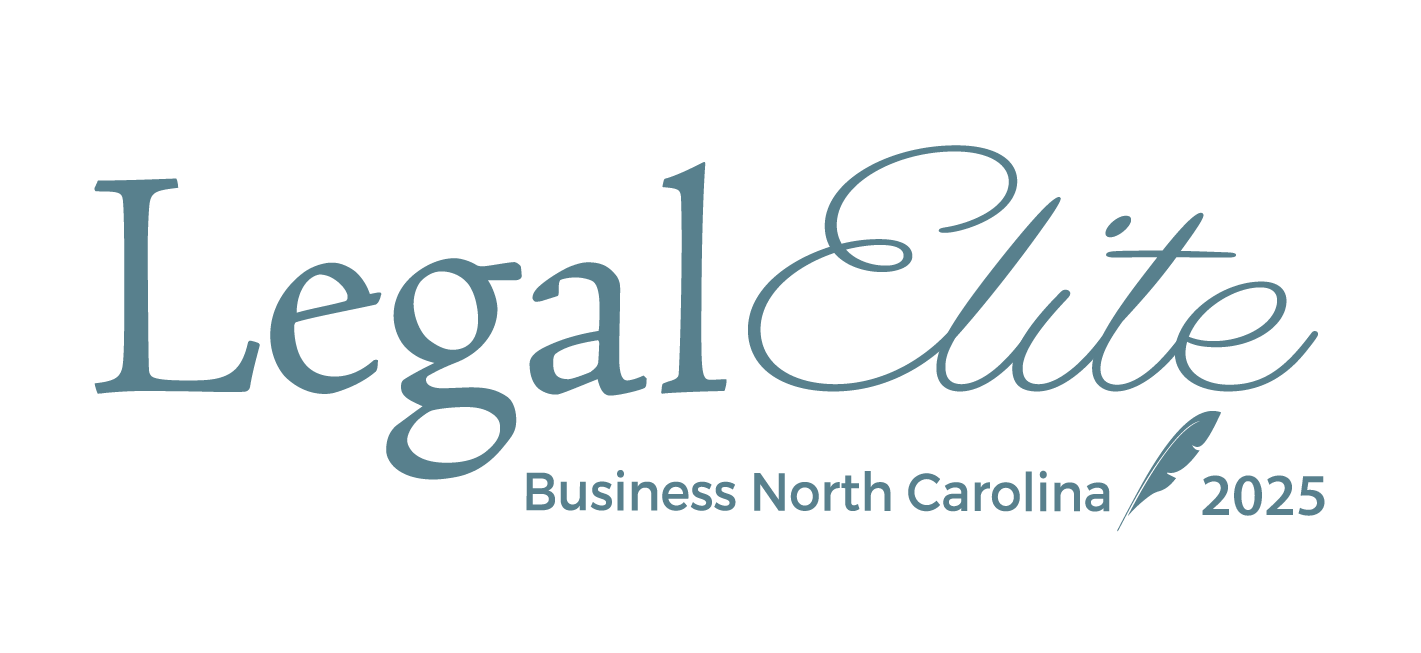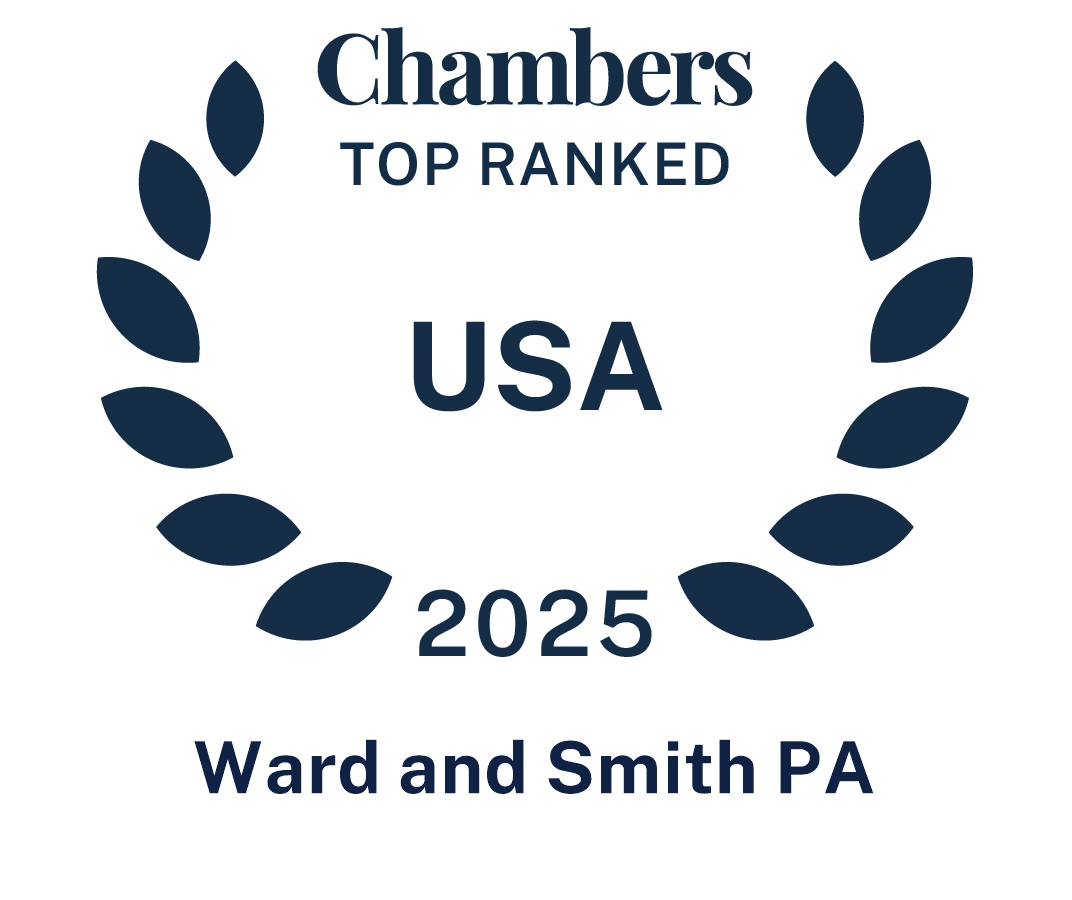Many businesses assume that once insurance is in place, they are fully protected.
In reality, policies often contain gaps where coverage is limited or excluded altogether. Those blind spots can translate into costly exposures, from lawsuits and regulatory penalties to major out-of-pocket losses.
What Is a Coverage Gap?
A coverage gap is a shortfall in your insurance policy in which a certain risk is not fully insured. This might be because the policy excludes the risk, the coverage limits are too low, or the business has changed in ways not reflected in the original policy. Coverage gaps represent blind spots that can make the difference between a manageable claim and a financial crisis.
Common Business Insurance Gaps
While each company’s risk profile is unique, these coverage gaps often appear:
- Cyber liability. General liability policies rarely cover data breaches, ransomware, or privacy claims. Dedicated cyber coverage is often needed.
- Employment practices liability. Claims of harassment, discrimination, or wrongful termination are generally excluded unless there is a specific employment practices liability insurance (EPLI) policy. Even if the company has an EPLI policy, claims regarding unpaid overtime or commissions often are not covered without an additional endorsement.
- Professional liability. Businesses providing services or advice may face “errors and omissions” claims not covered by general liability.
- Business interruption. Many policies cover only certain disruptions, leaving out scenarios like supply chain breakdowns or pandemics.
- Key person coverage. The sudden loss of a founder or executive can cripple operations, yet many businesses lack insurance for this risk.
Why Gaps Matter
The financial consequences of a gap can be severe. For example, a ransomware attack could leave a company facing six-figure recovery costs with no coverage. An employment claim could result in expensive defense fees and settlements, all borne directly by the business. Some employment claims can give rise to class or collective action lawsuits, which exponentially increase these costs. Beyond immediate costs, coverage gaps can lead to breach of contract claims if agreements with landlords, lenders, or customers require certain insurance that is missing or insufficient.
Emerging Risks to Consider
Coverage gaps are not limited to traditional exposures. New risks are evolving rapidly:
- Data privacy laws impose fines and penalties not always covered by standard policies.
- Remote and hybrid work models raise questions about workers’ compensation, liability, and data security.
- Climate-related disruptions may fall outside traditional property or interruption policies.
Staying ahead of these developments calls for active monitoring of how risk is shifting in your industry.
How to Identify and Close Gaps
To protect against uninsured losses, businesses should:
- Examine exclusions carefully. Don’t assume broad coverage—read what is carved out.
- Check limits and sublimits. Even when coverage exists, low limits can create practical gaps.
- Align insurance with contracts. Confirm that policies meet contractual requirements in leases, loans, or client agreements.
- Consult advisors. Insurance brokers can identify market options, while legal counsel can help identify coverage caps and evaluate whether coverage meets legal and contractual obligations.
- Consider endorsements or supplemental policies. Tailored endorsements or separate policies (like cyber or EPLI) can close critical holes.
Final Thoughts
Insurance is one of the most important risk management tools available to business owners, but it is only effective if it matches the realities of your business. Coverage gaps, whether from exclusions, insufficient limits, or emerging risks, can leave a company unexpectedly vulnerable. By proactively evaluating your coverage and closing those gaps, you can better protect your operations, your employees, and your long-term success.
Ward and Smith's Insurance Counseling and Recovery Team is available to help your company strategize and assess its insurance needs.








